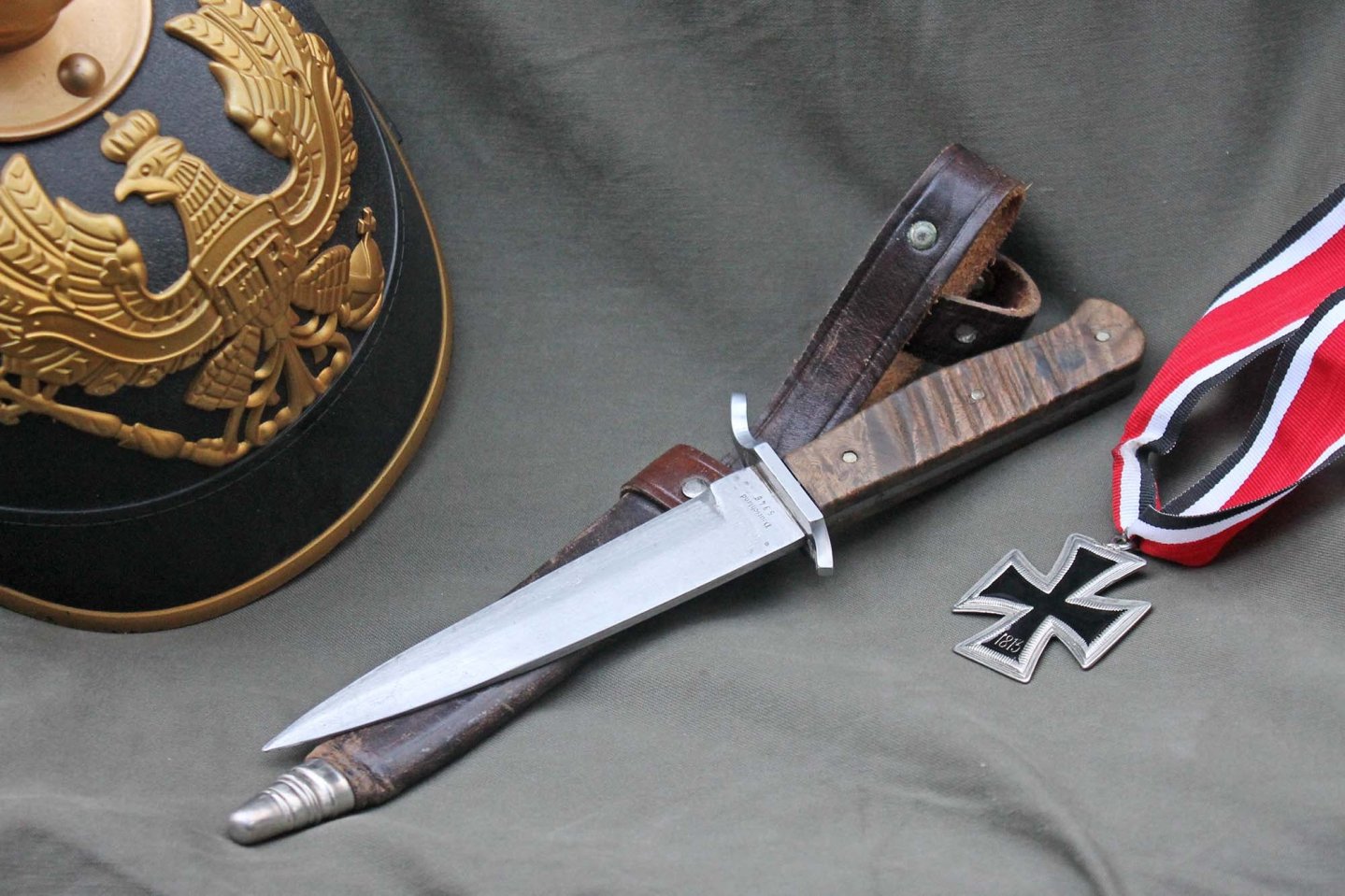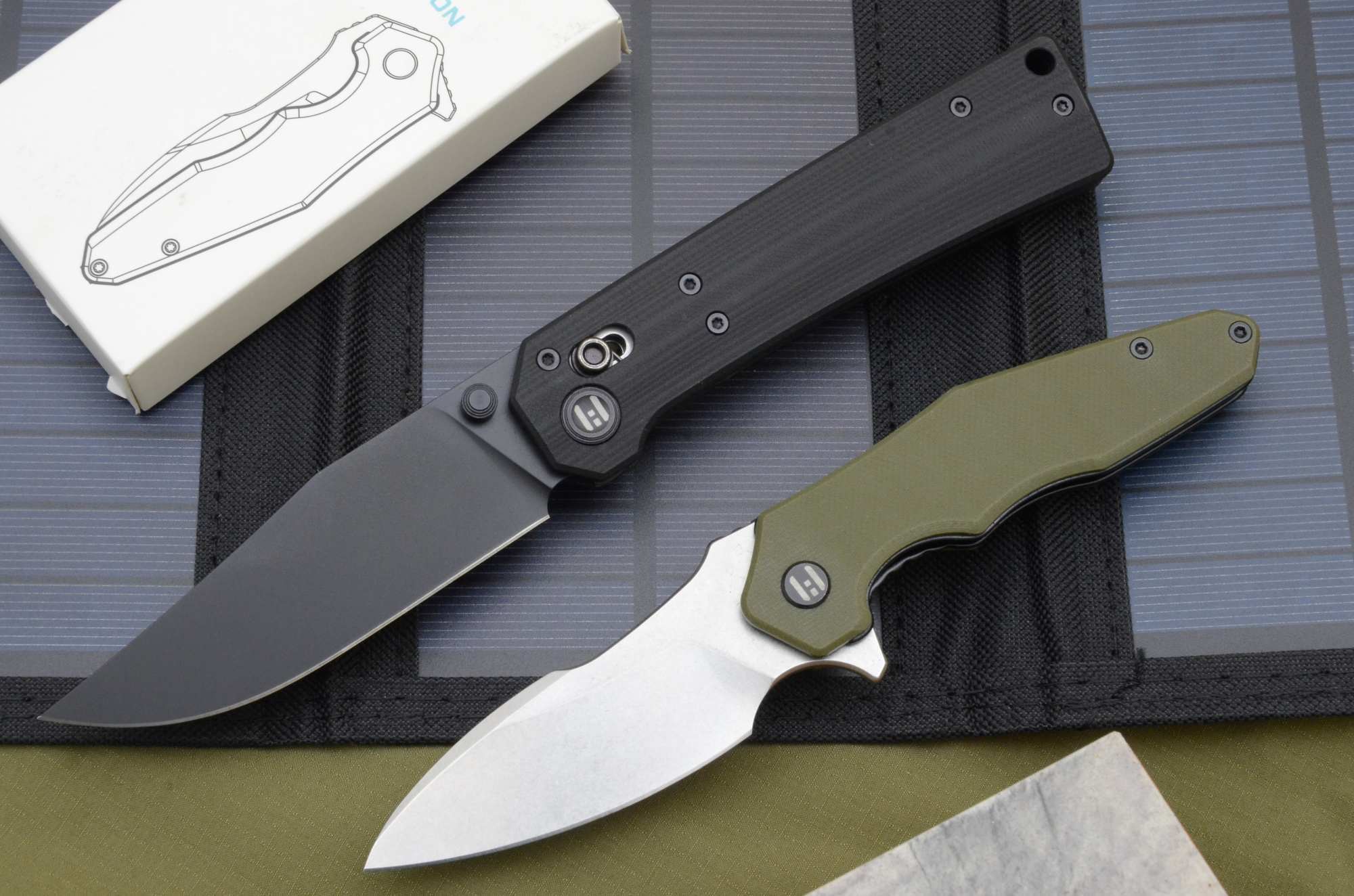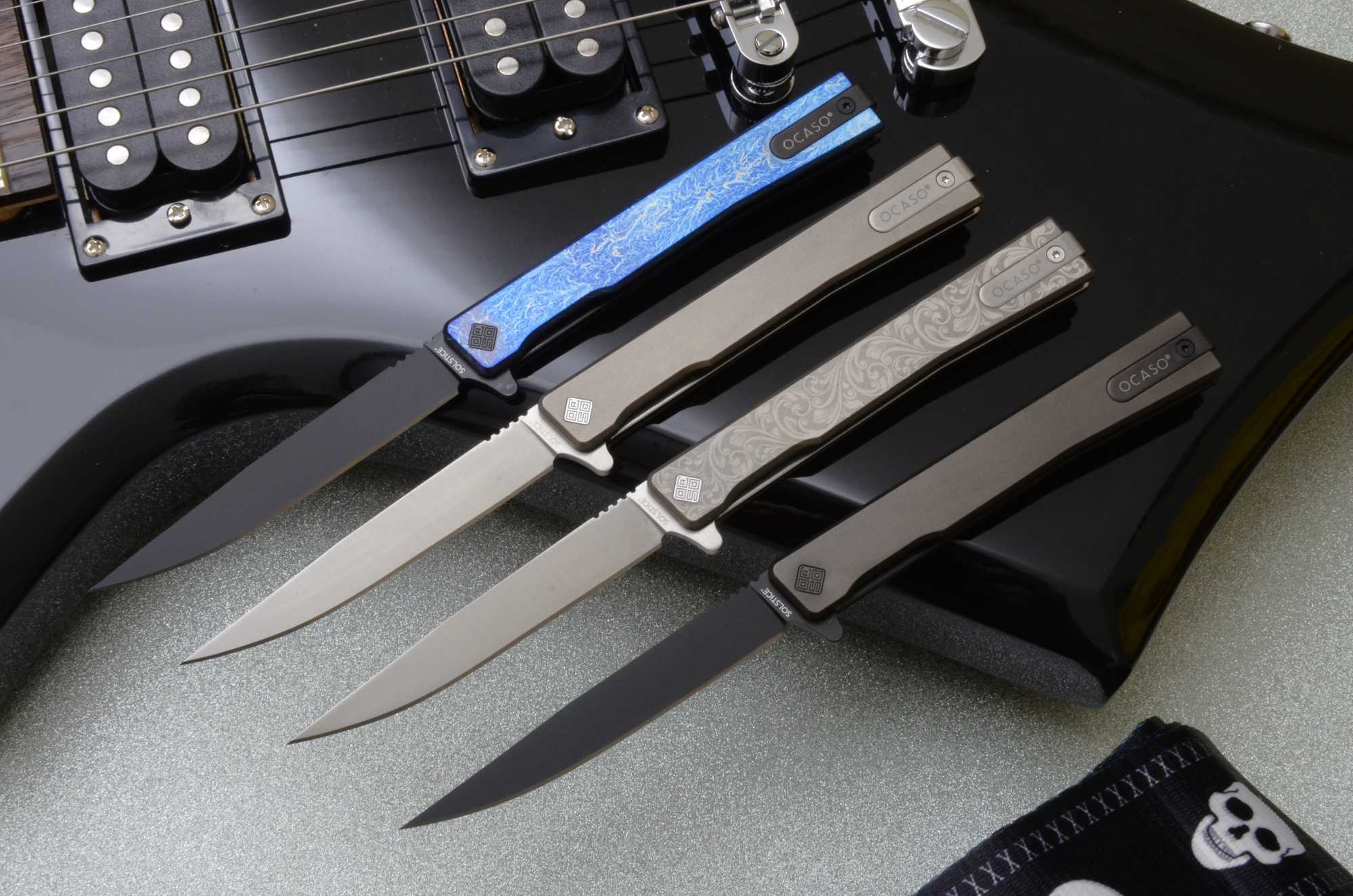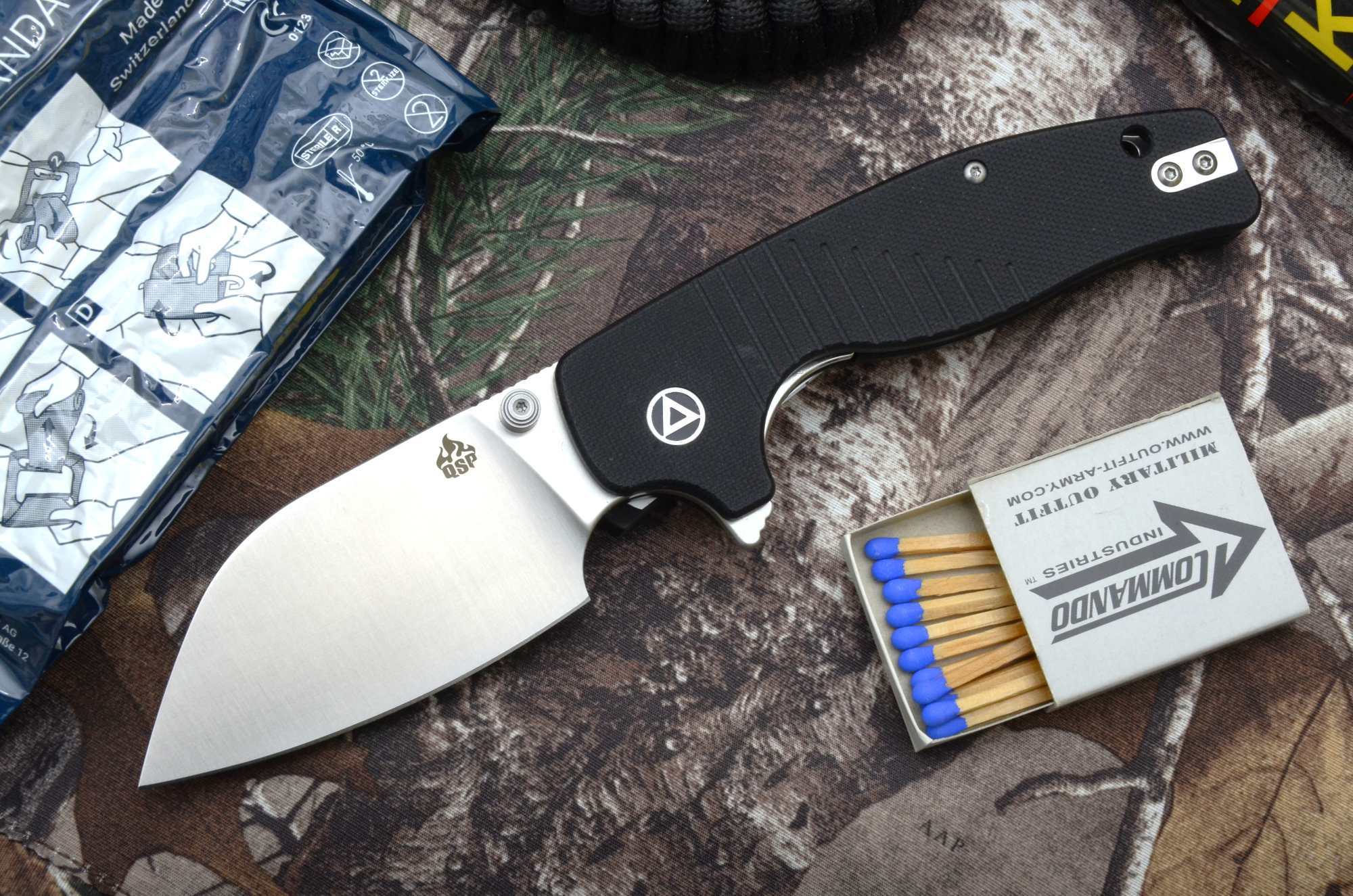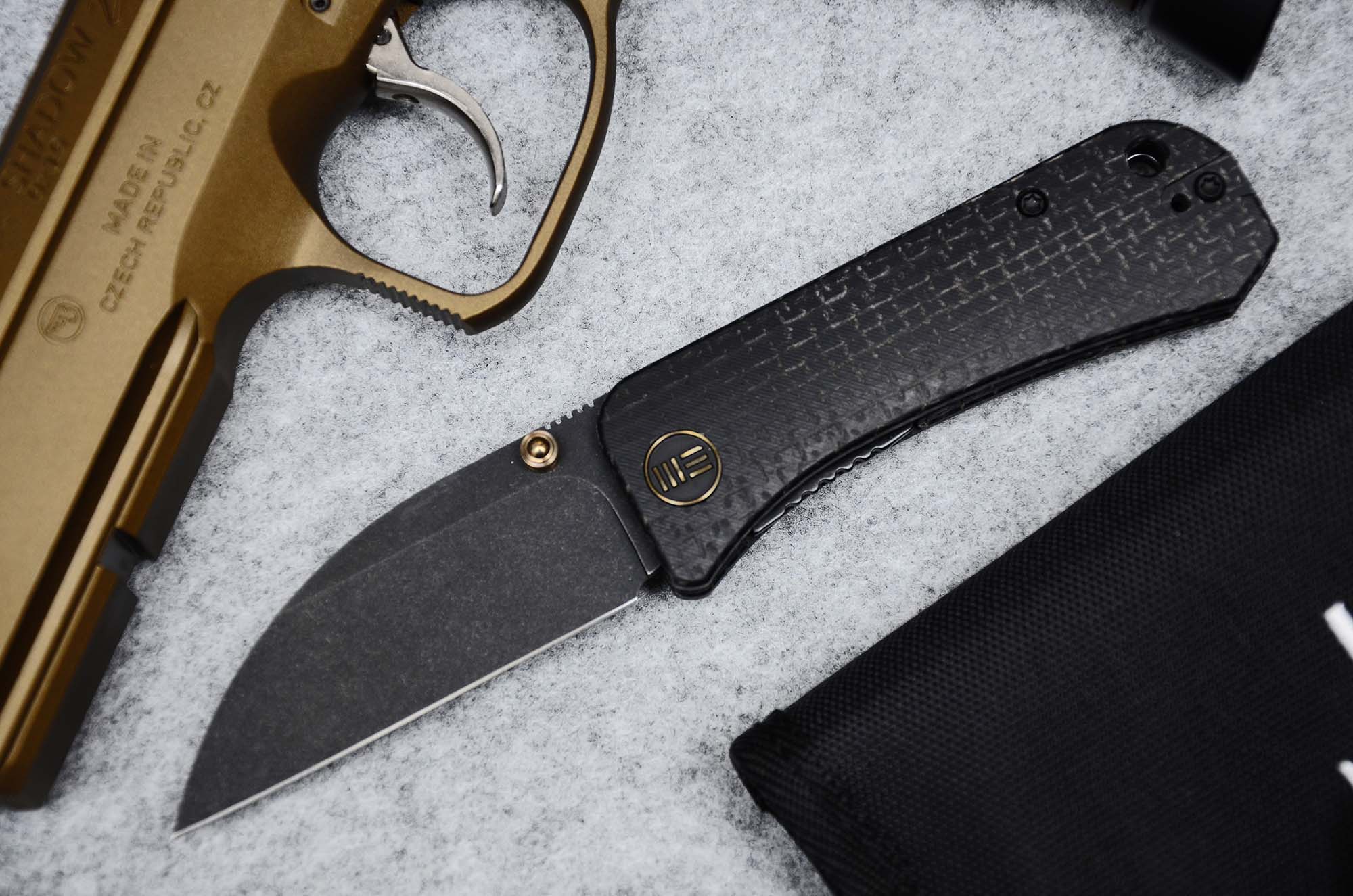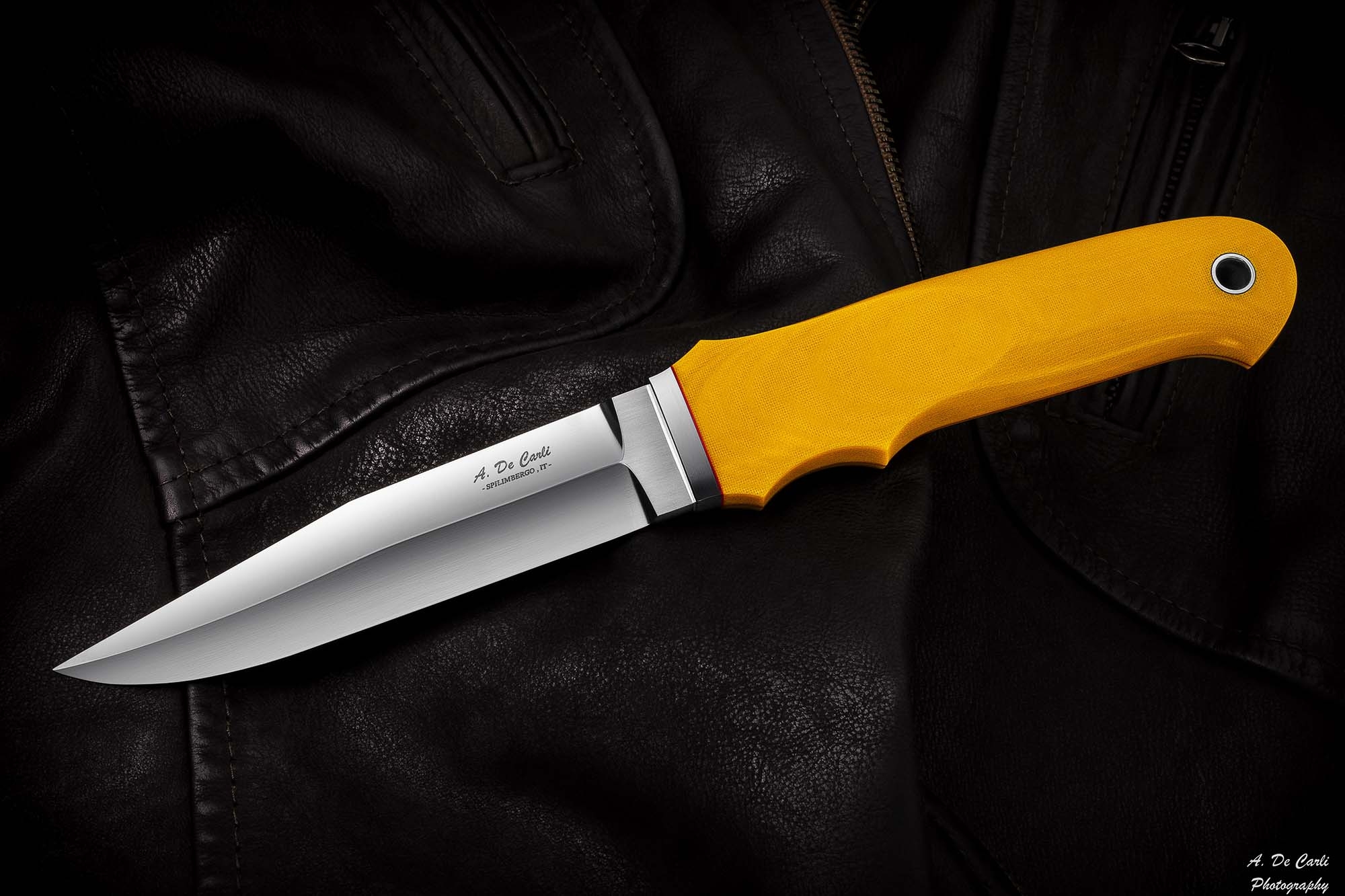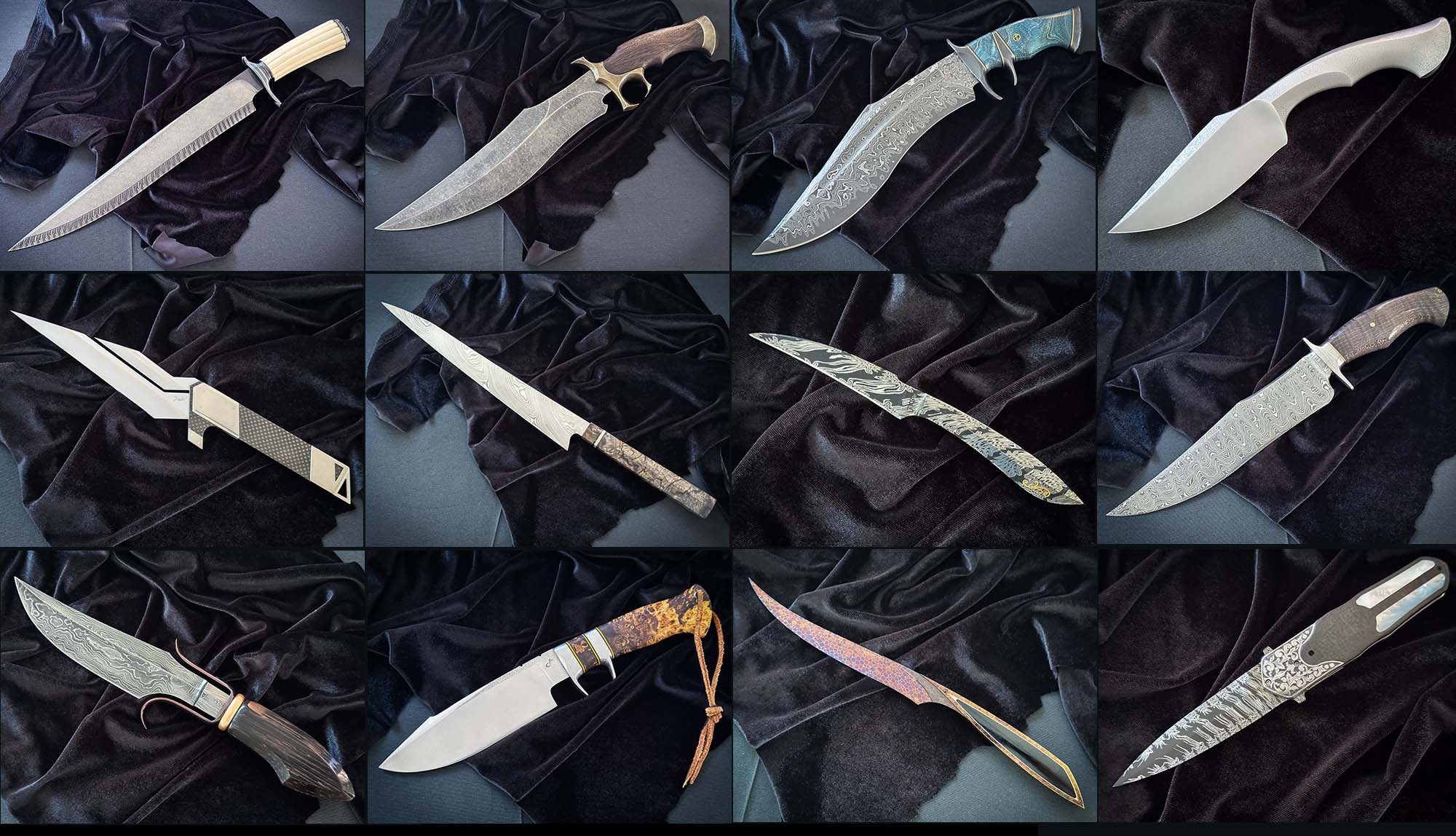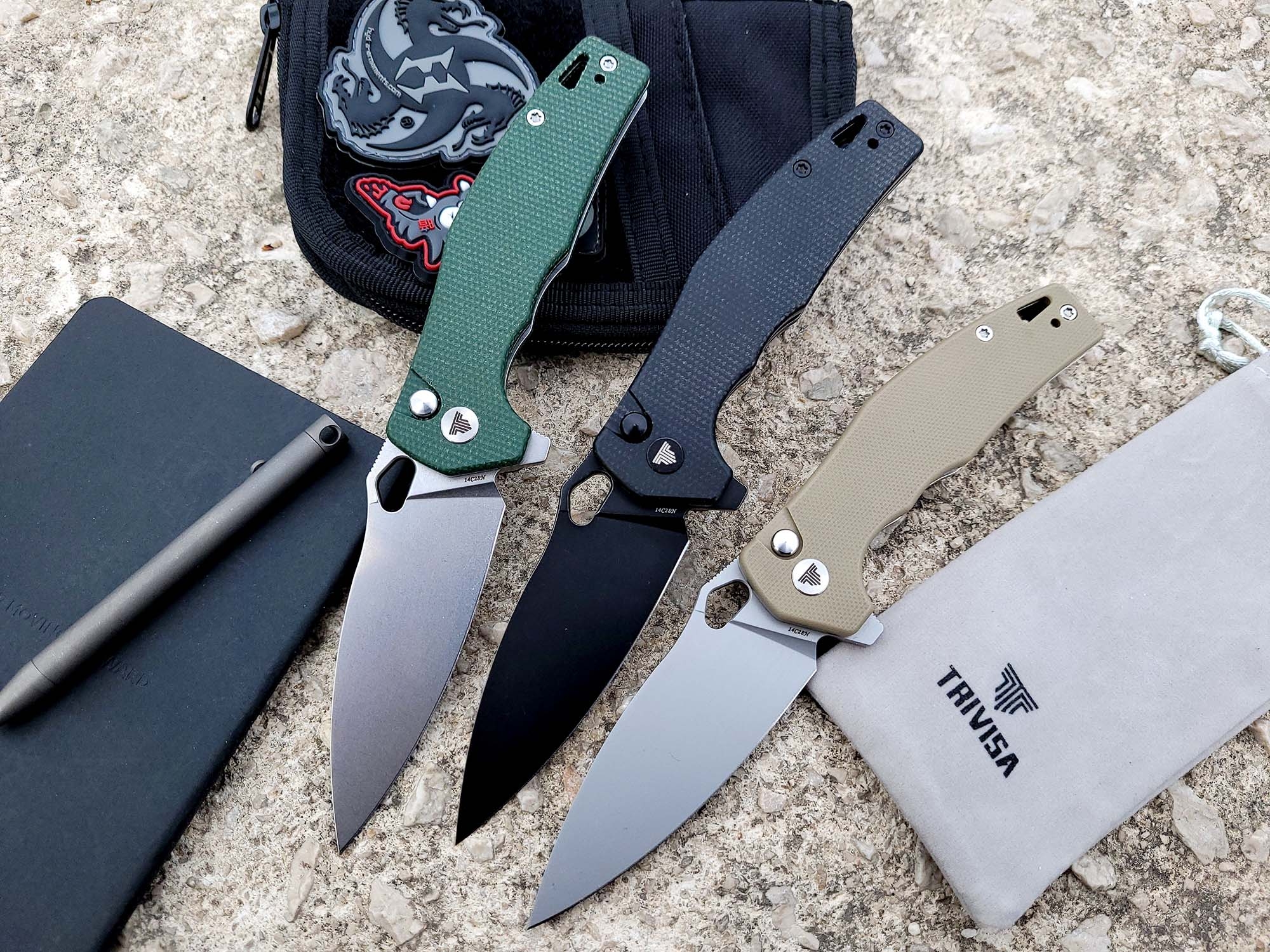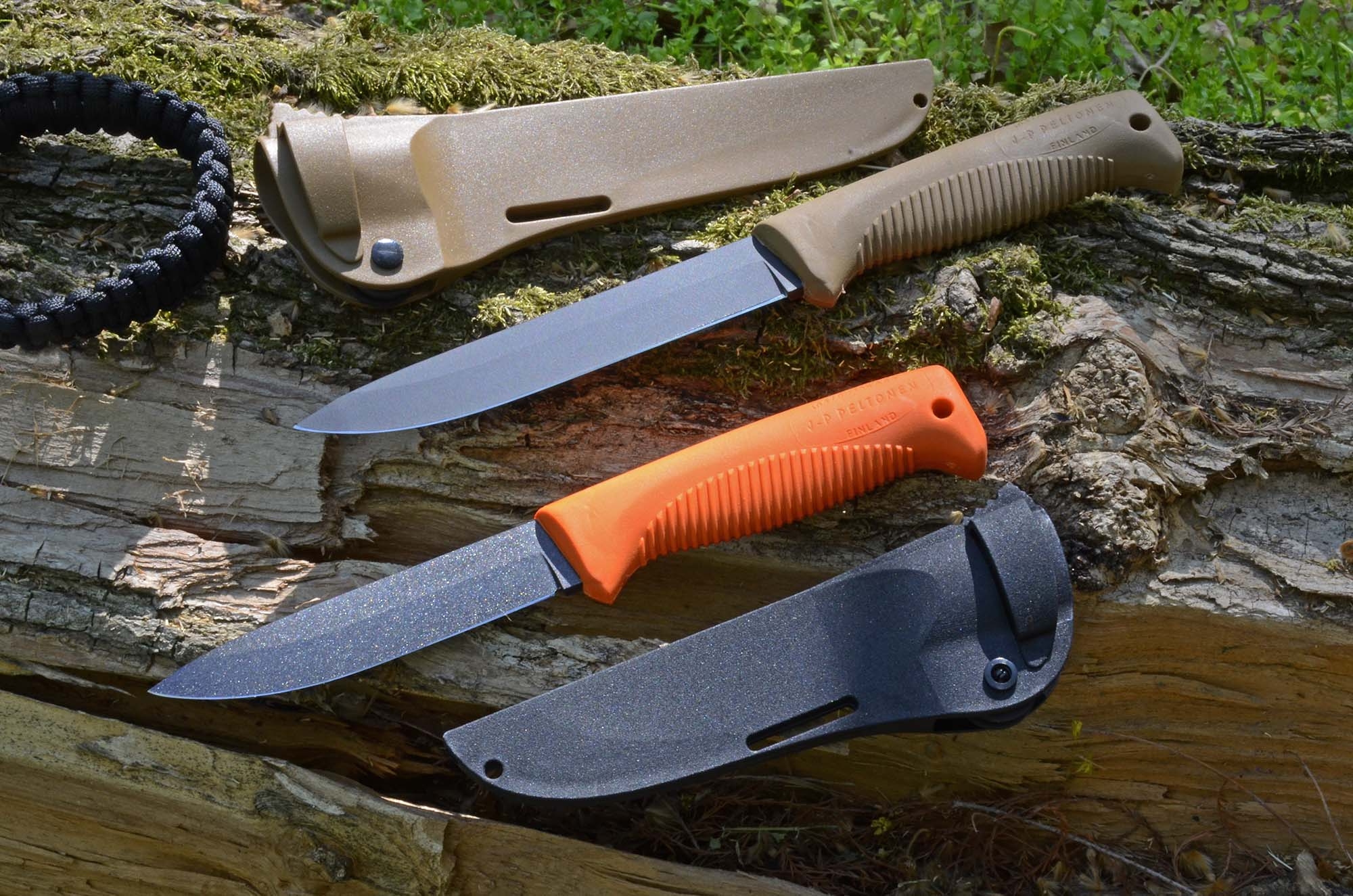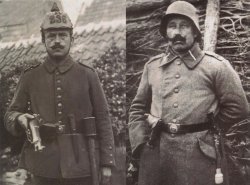
The German Grabendolch, literally "trench dagger", falls into the category of Kampfmesser, or combat knives, characterized by straight and narrow double-edged blades designed for easy penetration, usually with a central spine (to increase the strength of the blade). A more or less extended crossguard, a ricasso, and a handle which was often grooved to allow a better grip, are other features of this edged weapon.
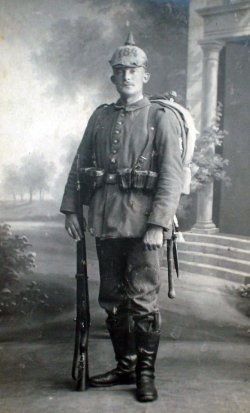
The historical context
In the autumn of 1914, after two months of war, it was now clear to the German General Staff that the hope of a Blitzkrieg centered on the defeat of the French army in six weeks before concentrating the imperial forces against Tsarist Russia was definitely gone. With the help of the British Expeditionary Force, on the Western Front the French were able to stop the German advance east of Paris in the First Battle of the Marne (5-12 September).
Moreover, the Germans were not able to give the decisive push forward because the necessary reinforcements were diverted to defend East Prussia to halt two invading Russian armies that gathered much faster than expected. In practice, a stalemate has been created and trench warfare was about to begin that will bring horror and suffering to levels hitherto unknown to soldiers.
A new kind of war
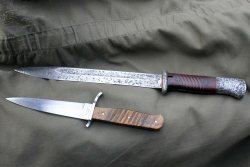
What was immediately clear to the other ranks in the field – a little less so to the higher brass in the rear – is that when you are lucky enough to reach the enemy trench having survived the enemy's deadly machine gun and rifle fire, once you jump into the ditch you will find yourself fighting in close hand-to-hand combat, or simply moving with difficulty in a cramped environment where the difference between dying and staying alive depends on agility. Whether it was the German Mauser Gewehr 98, the British SMLE No. 1 MK III or the French Lebel, the already long service rifle became even more difficult to use when fitted with a bayonet, as required by the regulation during the assaults on enemy positions. Moreover, when one succeeded in stabbing an enemy, there was a real risk that once stuck between the adversary's bones, extracting of the bayonet itself became a difficult and dangerously slow affair, leaving the soldier unarmed
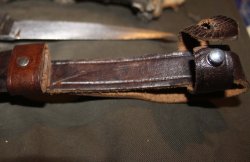
The most experienced and cunning soldiers began to shorten a second bayonet that they kept tucked into their belt as a knife (the bayonet dagger, another Kampfmesser) or if they did not have the opportunity to get a second bayonet, they used the issue shovel or entrenching tool. Using it to inflict blows in vital points such as under the chin – not protected by the helmet – it became a weapon much more fearsome than an issue bayonet. Finally, in addition to knuckle-dusters and actual maces reminescent of medieval weaponry, even if not provided for in regulations, soldiers at the front got into the habit of bringing daggers and blades of all kinds from home that in civilian life they used in hunting, agricultural or craft activities. The short blade, perhaps adapted to the needs of war, lent itself much better to be a valuable tool for survival in those terrible clashes.
The mass production of the Grabendolch
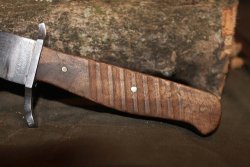
Several months had to pass from the beginning of the hostilities before the German War Ministry, under pressure from the German high command, issued order 2067 3 13 A2, which provided for the issue – and therefore with production orders to various factories – of a combat dagger: "In addition to the 10 short bayonets and five handguns, each infantry company will be issued with six handguns and six daggers as they become available”. In practice, the actual needs of infantrymen involved in trench fights were taken into account and it was decided that soldiers would gradually be provided with a dagger for hand-to-hand combat. In the official documents that follow the Grabendolch is also referred to as Nahkampfdolch (close combat dagger), Dolchmesser (dagger-knife) or Dolchärtige Messer (dagger-shaped knife). It was expected that the first troops to have it would be the pioneers, often engaged in reconnaissance missions in enemy territory. Dagger allocation gradually grew up, reaching a maximum of 40 per company in 1917, according to the needs of troops at the front.
Technical features
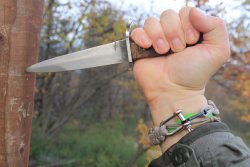
Unlike what happened in other armies, in the German army the trench dagger was born from an actual design work that took the civilian hunting dagger of the German hunting tradition as its starting point. Specific directives were issued by Berlin to the various Länders, but in practice the various Grabendolch companies produced daggers that differed from one another, especially in the shape of the blade, the handle, the crossguard, the scabbard, etc., so much so that scholars created subcategories: Prussian model, Bavarian model, etc., in which to group the various examples. The blades in this kind of dagger are generally 130-40 mm long and of excellent workmanship. Towards the tip there is usually a sharp false-edge. The models with double-edged blade seem to belong in fact to the more expensive initial production. Subsequently they settled on a single-edged version, cheaper to manufacture. For reasons of military secrecy in wartime, clear indications about the name of the manufacturer are never found on the blade, just code markings.
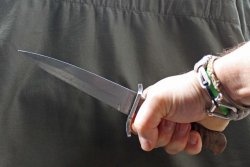
The markings on the blade or the crossguard indicate the approval of the military commission responsible for assessing the quality and compliance with specifications of the daggers manufactured by various private companies. Among the most famous are Ernst Butsch, Union Zella, Gottielb Hammesfahr, Leupold of Geffrees, and Böker, scattered throughout the territory of the Kaiser's Reich. On the blades it is not uncommon to find commemorative engravings of campaigns or battles. The grips must feature nine oblique grooves. The direction of the grooves changes from model to model. Grips had to be horn or steel, but in practice most of the daggers had walnut grips (generally preferred to oak for the lower tendency to crack), fixed by two or three rivets.
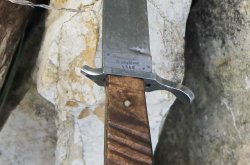
Among other things, the handles were available in different lengths, especially in the Prussian model, which denotes a particular attention to the needs of soldiers at the front who had different hand sizes. The however short length of the handle in all models suggests a hammer grip, that is the technique in which the thumb is not pressed against the upper quillon of the crossguard (saber grip) but reinforces the grip on the handle. The reverse grip favored the blows from the top to bottom against the enemy's vital points such as the neck, that remained unprotected by the helmet.
Crossguards can be of different design – generally they are S-shaped but they can be also straight. The sheath is usually black steel (in the Prussian model) but leather is also found.
A leather or canvas loop is used to hang the dagger from the regulation belt. The dagger is secured to the sheath either by a strap that blocks the handle or by a stud in the loop that is inserted into a hole in the grip.
The Böker Grabendolch
For those who want to hold a piece of history even today, Heinrich Böker Baumwerk of Solingen, a real "town of German knife makers" in the region of North Rhine-Westphalia, has put the Grabendolch back into production, adding the serial number to the ricasso and continuing the numbering from the last model produced at the end of the Second World War (right, because the Grabendolch was widely produced and therefore also used by soldiers of various Wehrmacht units during the Second World War as a dagger for hand-to-hand combat). So much so that it is uncorrect to define this dagger a “replica". The model that Böker proposes features a single-edged, 5.5”/140 mm long blade. It has an S-shaped crossguard with the upper quillon actually being too low (we noticed it immediately when we held it – and we do not have hands of exaggerated size).
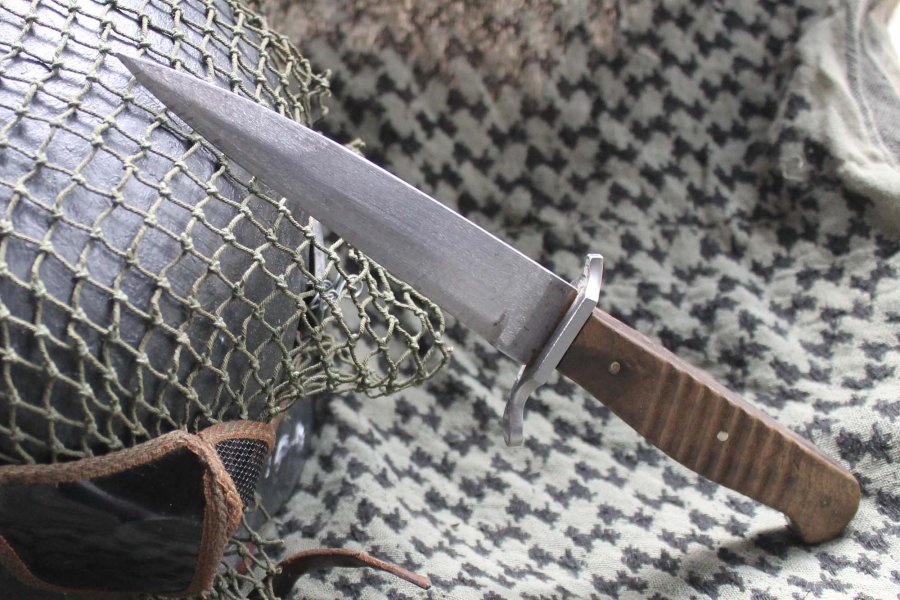
The length of the oak grip is 4.5”/115 mm. The dagger is light (5.8 oz/165 g) and handy. The scabbard is leather with a metal reinforced tip. It did not give us the impression of ensuring the same durability in extreme conditions (such as those in the trenches) as the more common metal scabbard of originals. The securing strap is there, but it is too short in our opinion, so much so as to make it difficult, especially when new, to insert the metal stud into the eyelet.
Böker Grabendolch specs
| Manufacturer: | Heinrich Böker, Solingen (Germany) www.boker.de |
| Model: | Grabendolch |
| Type: | Military dagger replica |
| Material: | Blade: C75 steel; grip: oak wood |
| Blade: | Stainless steel single edged |
| Blade Thickness: | 0.137”/3.5 mm |
| Max Blade Width: | 1.18”/30 mm |
| Max Knife Width: | 1.9”/50 mm |
| Handle Length: | 4.5”/115 mm |
| Blade Length: | 5.5”/140 mm |
| Weight: | 5.8 oz/165 g |
| Price: | 200 euro (approx.) |


